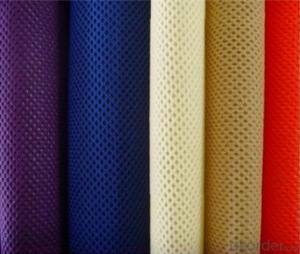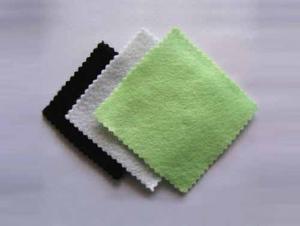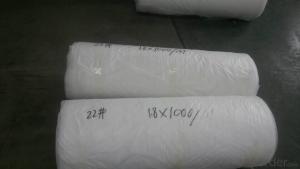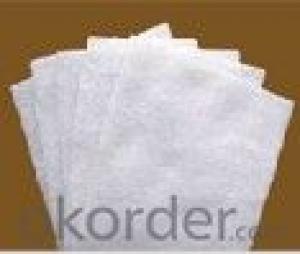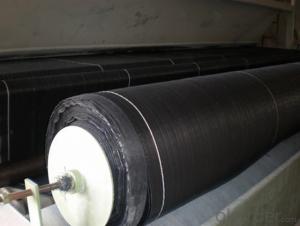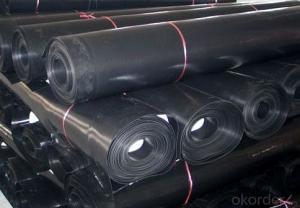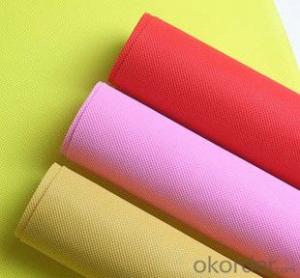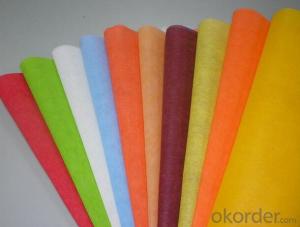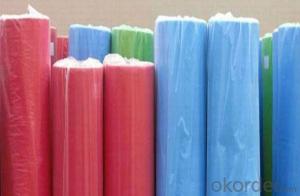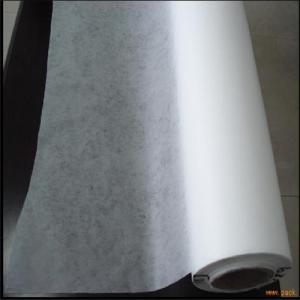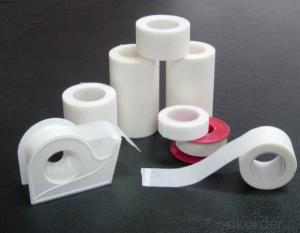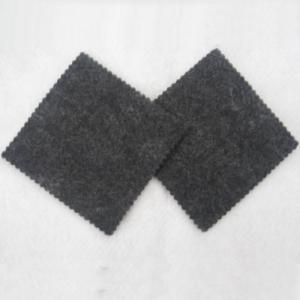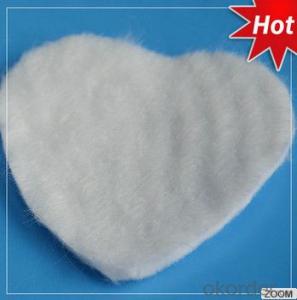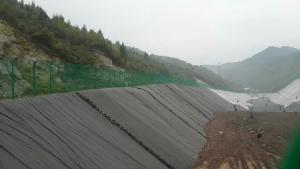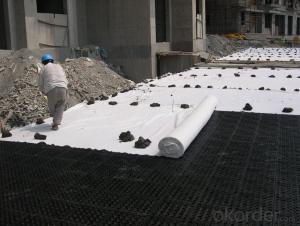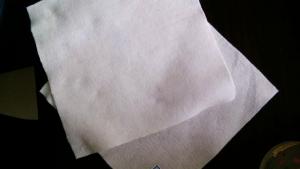Mndot Geotextile Fabric - Factory Supply Colorful PP Spunbonded Nonwoven Fabric
- Loading Port:
- China Main Port
- Payment Terms:
- TT OR LC
- Min Order Qty:
- -
- Supply Capability:
- -
OKorder Service Pledge
OKorder Financial Service
You Might Also Like
Material
100% Polypropylene/100% PP
Color:Any color can be available
GSM(gram per square meter)
9-180GSM
Roll Width 4-320cm
Roll Length According to your requirement
Technics Nonwoven Spunbonded
Feature Waterproof, Mothproof, Eco-friendly, Non-toxic, Breathable, Anti-Bacteria
Usage Agriculture, Indrustry, Construction, Packaging,, Home-textitle, etc
Details
1MOQ 1 Ton
2 Loading Capacity
20’ Contain: 4 Tons
40’ HQ: 10-11 Tons
3Delivery Time
Within 7-15 days after 30% deposit is received or L/C
4 Payment Terms
1) T/T: 30% T/T in advance and balance 70% before shipping B/L copy
2) L/C at sight
5 Loading of Port
Qingdao Port
Superiority
1Free Samples
2Factory Supply
3Competitive Price With High Quality
4More than 20 years experience
FAQ :
1.What is your main products ?
Our main products are made from PE ,PP etc and could be used for agriculture and construction ,etc .
2.What is your payment term ?
We could accept TT ,LC.
3.What is your delivery time ?
The delivery time is around 30days per container, sometimes we have stocks .
pp spunbonded nonwoven fabric
- Q: What are the different installation methods for geotextiles?
- There are several different installation methods for geotextiles, including direct placement, overlay, and confinement. Direct placement involves simply placing the geotextile directly on the ground or subgrade. Overlay installation involves placing the geotextile on top of another material, such as soil or aggregate, to provide separation or filtration. Confinement installation involves enclosing the geotextile within a structure, such as a retaining wall or gabion, to provide reinforcement or erosion control. The choice of installation method depends on the specific application and desired functionality of the geotextile.
- Q: What are the considerations for geotextile installation?
- There are several considerations for geotextile installation. First, it is important to properly prepare the site by removing any vegetation, debris, or loose soil. The geotextile should then be laid out flat and any wrinkles or folds should be smoothed out to ensure proper functionality. Additionally, the edges of the geotextile should be properly secured to prevent shifting or movement during installation. Finally, it is crucial to choose the appropriate type and thickness of geotextile based on the specific application and soil conditions to ensure its effectiveness.
- Q: What kind of geotextiles are used in highway geotextiles?
- Highway geotextile is a new type of civil artifacts material, for the construction of geotextile highway can also be Hongxiang filament geotextile, not only need to resist the complex stress under the comprehensive mechanical properties of tensile properties, etc. But also to ensure that a variety of natural factors under the influence of a long time, the overall performance does not produce significant attenuation, that is, long-term stability, high and low temperature performance, anti-aging properties. Hongxiang filament geotextile can improve the carrying capacity of the road, can improve the road in the process of using the structure of the destruction of the problem
- Q: How are geotextiles made?
- Geotextiles are made by weaving or knitting synthetic fibers together to form a fabric that is durable, permeable, and resistant to various environmental conditions. These fibers are typically made of materials such as polyester or polypropylene, which undergo a manufacturing process that includes extrusion, spinning, and heat treatment. The resulting fabric is then often coated or laminated to enhance its performance and functionality in various applications, such as soil stabilization, erosion control, and drainage systems.
- Q: How do geotextiles contribute to the stability of road embankments?
- Geotextiles contribute to the stability of road embankments by providing reinforcement and separation between soil layers. They act as a barrier, preventing the mixing of different soil types and enhancing the load-bearing capacity of the embankment. This helps to distribute the applied loads more evenly, reducing settlement and potential failure. Additionally, geotextiles improve drainage and prevent the loss of soil particles, reducing the risk of erosion and maintaining the embankment's integrity over time.
- Q: What are the different geotextile reinforcement techniques?
- There are several different geotextile reinforcement techniques, including mechanical methods such as soil nails, ground anchors, and geogrids, as well as chemical methods like soil stabilization using polymers or cement additives. Additionally, techniques such as soil wrapping, slope terracing, and retaining walls can also be used to provide geotextile reinforcement in various applications.
- Q: Can geotextiles be used for reinforcement of railway embankments?
- Yes, geotextiles can be used for reinforcement of railway embankments. Geotextiles are commonly used in civil engineering projects for their ability to provide separation, filtration, and reinforcement functions. When used in railway embankments, geotextiles help improve the stability and strength of the embankment by preventing the mixing of different soil layers, reducing soil erosion, and distributing load more evenly. Overall, geotextiles are an effective solution for reinforcing railway embankments and enhancing their long-term performance.
- Q: Can geotextiles be used in underground storage tank installations?
- Yes, geotextiles can be used in underground storage tank installations. Geotextiles are often used as a protective barrier between the tank and the surrounding soil to prevent contamination and provide stability.
- Q: What is the role of geotextiles in soil reinforcement?
- Geotextiles play a crucial role in soil reinforcement by providing strength and stability to the soil. They are used as a barrier or separator between different soil layers, preventing mixing and maintaining their individual characteristics. Geotextiles also help in distributing the load and reducing the potential for settlement or erosion. Additionally, they aid in filtration, allowing water to pass through while retaining soil particles, thus preventing clogging and maintaining the overall integrity of the soil structure.
- Q: What are the different geotextile durability testing standards?
- There are several geotextile durability testing standards, including the ASTM D4355-17 for durability of geotextiles by accelerated weathering exposure, ASTM D4751-10 for determining the apparent opening size of a geotextile, ASTM D6768-18 for evaluating the effects of heat on geotextiles, and ISO 10319:2015 for determining the resistance of geotextiles to weathering.
Send your message to us
Mndot Geotextile Fabric - Factory Supply Colorful PP Spunbonded Nonwoven Fabric
- Loading Port:
- China Main Port
- Payment Terms:
- TT OR LC
- Min Order Qty:
- -
- Supply Capability:
- -
OKorder Service Pledge
OKorder Financial Service
Similar products
Hot products
Hot Searches
Related keywords
